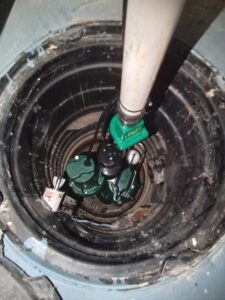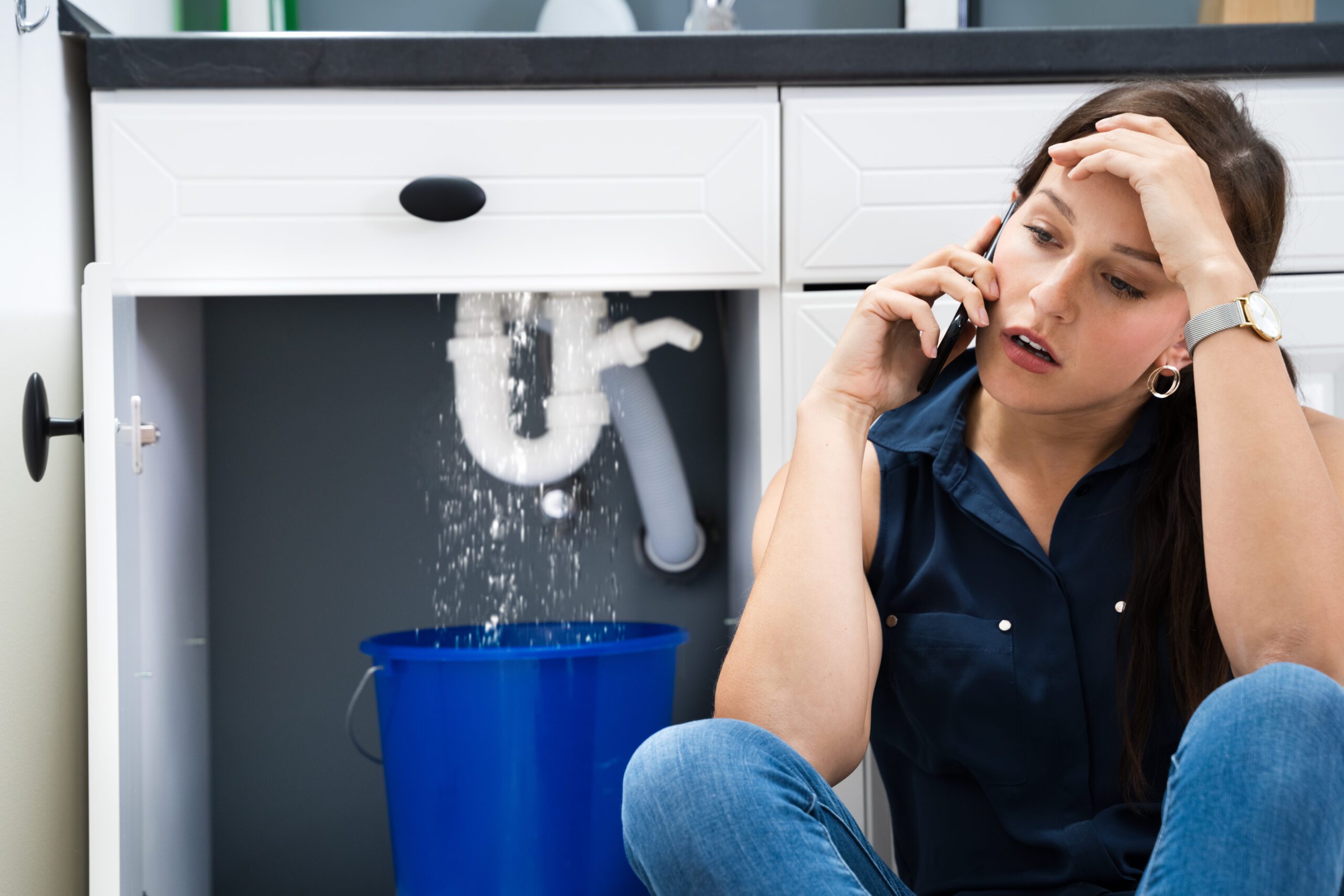When it comes to safeguarding your home against water damage, a sump pump is a vital piece of equipment, particularly for those with basements or crawl spaces. But what exactly is a sump pump, how does it work, and why might you need one?
What is a Sump Pump?
 A sump pump is a device designed to remove water that accumulates in a sump basin, typically located in the basement or crawl space of a home. These areas are prone to flooding, especially during heavy rains or rapid snowmelt. By effectively managing water intrusion, sump pumps help to keep your basement dry and prevent water damage to your home’s foundation and belongings.
A sump pump is a device designed to remove water that accumulates in a sump basin, typically located in the basement or crawl space of a home. These areas are prone to flooding, especially during heavy rains or rapid snowmelt. By effectively managing water intrusion, sump pumps help to keep your basement dry and prevent water damage to your home’s foundation and belongings.
What does a sump pump do?
The operation of a sump pump is straightforward yet highly effective. Here’s a basic overview:
Water Collection: Water from rain, melting snow, or groundwater seeps into the sump basin, a pit constructed at the lowest point of the basement or crawl space.
Activation: Once the water level in the basin reaches a certain point, a float switch activates the sump pump.
Pumping Water Out: The pump then draws water from the basin and directs it away from the home through a discharge pipe. This pipe typically leads to a storm drain, dry well, or another area where the water can safely disperse.
Deactivation: As the water level decreases, the float switch returns to its original position, turning off the pump until the next activation cycle.
Types of Sump Pumps
There are several types of sump pumps, each suited to different needs and scenarios:
Submersible Sump Pumps: These are installed within the sump basin and are submerged in water. They are quiet and efficient, making them ideal for finished basements where noise could be an issue.
Pedestal Sump Pumps: In this type, the motor is mounted above the sump basin, making it easier to access for maintenance. However, they tend to be noisier than submersible pumps.
Battery Backup Sump Pumps: These pumps are crucial for homes prone to power outages. They kick in when the primary pump fails or when there’s a power outage, ensuring continuous protection against flooding.
Water-Powered Sump Pumps: These pumps use the home’s water supply pressure to pump out water. They are an excellent backup option as they do not rely on electricity or batteries.
Benefits of A Sump Pump
There are several compelling reasons why homeowners should consider installing a sump pump:
Preventing Basement Flooding: The most obvious benefit is the prevention of basement flooding, which can cause extensive damage to your home’s foundation, walls, flooring, and personal belongings.
Mitigating Mold and Mildew: Damp basements are breeding grounds for mold and mildew, which can cause health issues and unpleasant odors. A sump pump helps keep the area dry and mold-free.
Reducing Insurance Costs: Some insurance companies offer lower premiums to homeowners with sump pumps because they reduce the risk of water damage claims.
Healthier Home: Installing a sump pump helps discourage termites and reduce mold and mildew growth.
Do Sump Pumps Need Maintenance?
Regular maintenance is crucial for ensuring your sump pump operates effectively and reliably. By performing routine checks, testing the pump, and addressing any issues promptly, you can extend the lifespan of your sump pump and protect your home from water damage. If you’re unsure about any maintenance tasks or suspect a problem, consult a professional plumber or basement waterproofing specialist to ensure your sump pump remains in top working condition.
READ MORE: Sump Pump Maintenance
Specific signs in your home that may indicate you’d benefit from a sump pump
Visible Water in the Basement: If you notice standing water, puddles, or damp spots in your basement, it’s a clear indication that you have a water intrusion problem that a sump pump could address.
Frequent Flooding: Homes in areas prone to heavy rainfall, rapid snowmelt, or high water tables are at a higher risk of basement flooding. If your basement frequently floods, a sump pump is a necessary investment.
High Humidity and Dampness: Persistent dampness, high humidity, or condensation on walls and floors suggest water is seeping into your basement. This environment can lead to mold growth and structural damage over time.
Mold and Mildew: The presence of mold, mildew, or a musty odor in your basement indicates that moisture is consistently present, creating an environment where mold can thrive.
Cracks in Foundation: Visible cracks in your home’s foundation can be a pathway for water to enter your basement. If you notice these cracks, it’s wise to consider a sump pump to manage potential water entry.
Water Stains: Stains on walls or floors are signs of past water intrusion. These stains often appear as discoloration, rings, or streaks and indicate that water has been an issue before and might be again.
Malfunctioning Gutters and Downspouts: If your gutters and downspouts are not effectively diverting water away from your home, water can accumulate around the foundation and seep into the basement.
Location: Homes located in low-lying areas, near bodies of water, or with a high water table are more susceptible to water issues and can benefit from a sump pump.
Age of Home: Older homes might have more foundation cracks or less effective waterproofing measures, making a sump pump a good investment.
A sump pump is an essential investment for homeowners with basements or crawl spaces. By understanding what a sump pump is, how it works, and the different types available, you can make an informed decision about the best system for your home. Protecting your property from water damage not only provides peace of mind but also preserves the structural integrity and value of your home. If you’re considering a sump pump installation, Quality Comfort Home Services offers top-notch solutions, including Zoeller sump pumps with up to a 3-year warranty, ensuring your home remains safe and dry for years to come.


